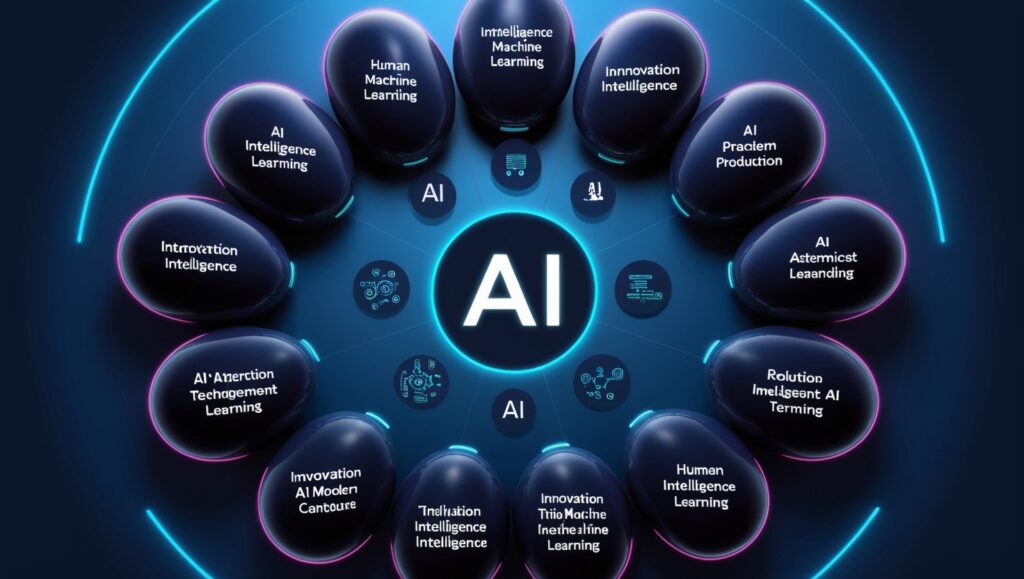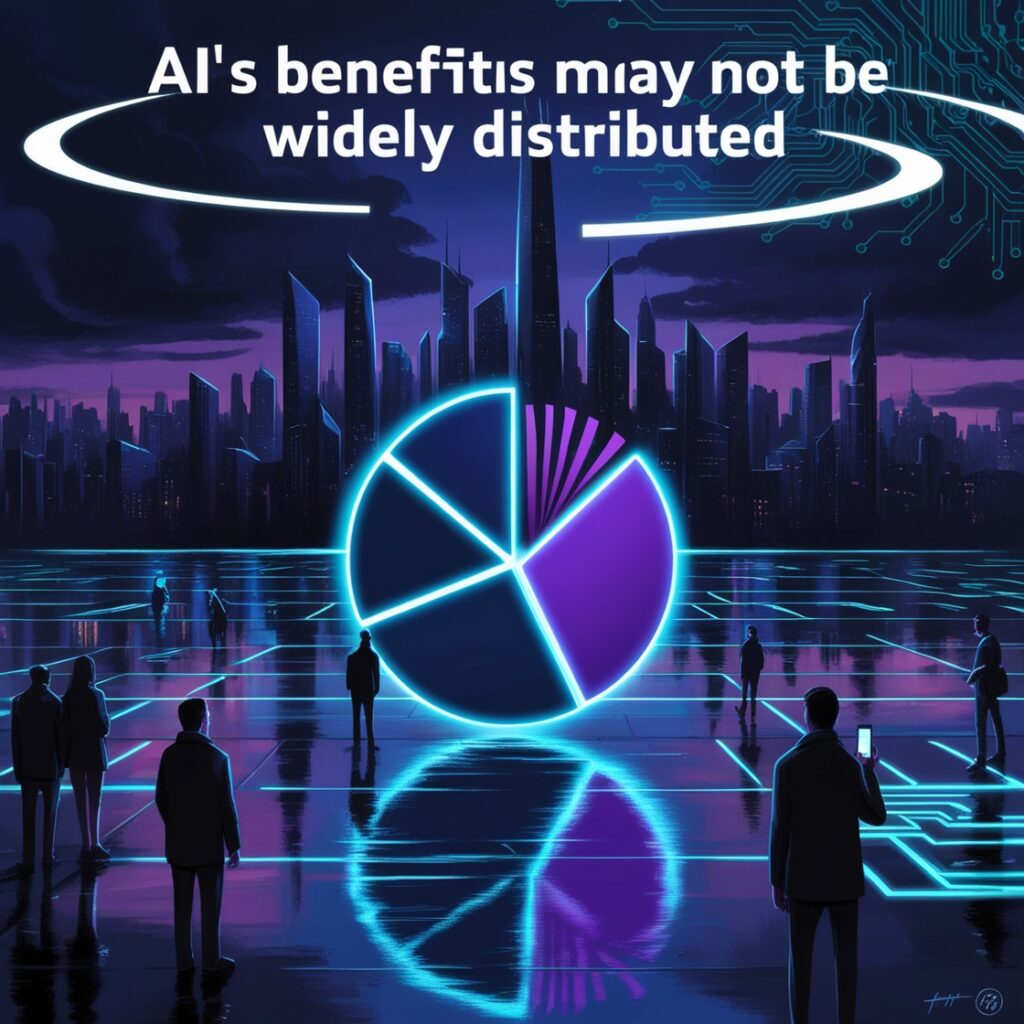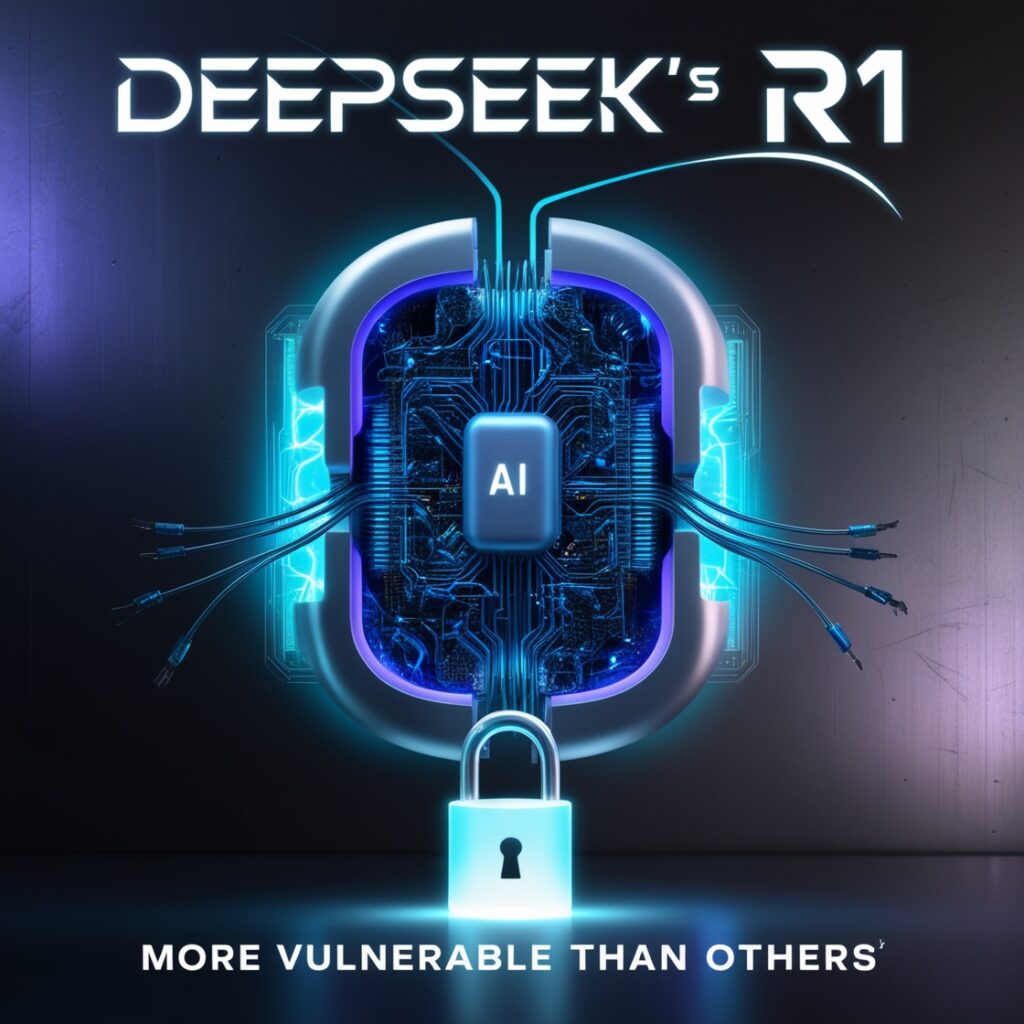With the release of new features by Google, Microsoft, and OpenAI in May, the competition for AI talent in big tech is heating up even more. There seem to be an endless supply of new AI tools coming out, which makes it difficult to remember the names of all the chatbots and models.
Nor does it appear to be slowing down anytime soon. With billions more to be spent on AI infrastructure, Amazon, Microsoft, Google, Meta, and Apple will be able to launch even more products. It brings with it more AI jargon.
This guide will help you stay up to date on the AI products that the biggest names in tech are offering. It also covers some of the unexpected rollouts so you can be prepared with some AI slang for those casual conversations. These are some of the AI models and features that Big Tech uses, and that you should be aware of.
Microsoft
Microsoft and OpenAI have a partnership, and Microsoft has invested billions in the company that makes ChatGPT. However, it also reportedly has its own AI model that it is developing independently of OpenAI.
The Information was informed by a source that the internal AI model known as MAI-1 was trained with text from ChatGPT and a public dataset. The report also stated that Mustafa Suleyman, Microsoft AI’s newly appointed CEO, is in charge of the project.
The company’s text-to-image generator, Microsoft Designer, was tested in December 2022 and released last year.
At the time, Microsoft software engineer Shane Jones sent a letter to the Federal Trade Commission and the company’s board regarding the image generator in an attempt to draw attention to its possible drawbacks, which included the possibility that it creates “harmful content.”
Moreover, VASA-1, a text-to-video tool created by Microsoft researchers, has the ability to breathe life into still images. Although it was demonstrated in April, the general public has not yet been able to use it.
CEO Satya Nadella introduced the company’s most recent generative AI offerings, including upgrades to its AI chatbot Copilot, at the Microsoft Build developer conference in May. Additionally, it introduced Team Copilot, an AI agent that joins meetings and workplace chats in Microsoft Teams.
Recall was another significant AI feature unveiled at the conference; Microsoft compared it to giving PCs a “photographic memory.” Every few seconds, the feature snaps a screenshot of the user’s laptop, which they can then search through.
OpenAI
In November 2022, OpenAI’s ChatGPT made a big splash in the AI world. Several upgraded models of its flagship model have been released since then, including the GPT-3, GPT-3.5, GPT-4, and GPT-4 Turbo.
In comparison to previous versions, the GPT-4 version was deemed by some users to be “lazier” and “dumber” in terms of its reasoning abilities and other output.
Dall-E 3 is the text-to-image generator developed by OpenAI. It also features a video generator named Sora, which stunned a lot of onlookers when OpenAI released teaser videos produced by the tool in February. However, OpenAI has come under fire after Google CEO Sundar Pichai claimed that by using YouTube videos to train the model, OpenAI may have violated the platform’s terms of service.
Recently, OpenAI unveiled GPT-4o, a multimodal model that functions as a virtual assistant capable of conducting searches and serving as a work companion among other functions.
Since its release earlier in May, GPT-4o has generated controversy due to Scarlett Johansson’s statement that the “Sky” voice of OpenAI’s chatbot sounded “eerily similar” to her own. She added that the business had contacted her about licensing her likeness for it.
In response, CEO Sam Altman stated that OpenAI never meant for the “Sky” voice to sound like Johansson’s.
Gemini, Google’s artificial intelligence chatbot, debuted in March 2023.
Earlier in the year, the search giant took the decision to stop Gemini from creating AI images of people after it began to produce historically inaccurate images.
Then, in May, during its I/O conference, Google unveiled a few new AI features, such as AI Overviews—a summary of search results produced by AI. Since its launch, people on social media have shared their stories of it returning false results. In one instance, it advised someone to use glue on their pizza in order to preserve the cheese.
Such instances are “very rare queries and aren’t representative of most people’s experiences,” a Google representative previously told.
A Google representative informed the outlet that the company was “taking swift action” to remove AI Overviews on specific queries in response to a report in the Verge that suggested Google was manually deactivating some answers by its new AI search feature.
Google unveiled Lumiere, a text-to-video generator, in January, but it hasn’t stated when it will go live.
Meta
Operating on its open-source LLM, Llama, Meta has an AI assistant named Meta AI. Instagram and WhatsApp are just two of the platforms that have the AI tool integrated into them. In 2022, Meta released Make-A-Video, a tool for creating videos.
Additionally, it features Imagine, an AI image generator that debuted in December after being trained on publicly accessible Facebook and Instagram images. Some users claimed in April that it was biased against people of color because it was unable to produce images of mixed-race couples.
It’s said that Amazon is developing an LLM named Olympus in order to compete in the AI race. According to a report, it is creating Olympus with the intention of integrating it into its Alexa smart speakers and online store.
Amazon’s image generator, called Titan, is a part of the Amazon Bedrock service. This enables users to create generative AI applications on Amazon Web Services, the company’s cloud computing platform, by giving them access to foundation models from players like Anthropic, Meta, Stability AI, and Cohere.
In September of last year, Amazon pledged to invest up to $4 billion in Anthropic. Amazon has a minority stake in the startup, which was founded by two former employees of OpenAI.
Anthropic
Claude, Anthropic’s first AI model, was released in March 2023. In June 2024, the San Francisco-based company unveiled the Claude 3.5 Sonnet, its most recent model.
Anthropic asserts that it beats competitors on benchmarks like graduate-level reasoning and math problem-solving.
The business stated: “Improvements are most noticeable in tasks requiring visual reasoning, like interpreting charts, graphs, or transcribing text from imperfect images.”
According to Amazon, which is currently selling the model through Amazon Bedrock, the new model is only one-fifth as expensive as Anthropic’s previous model.








